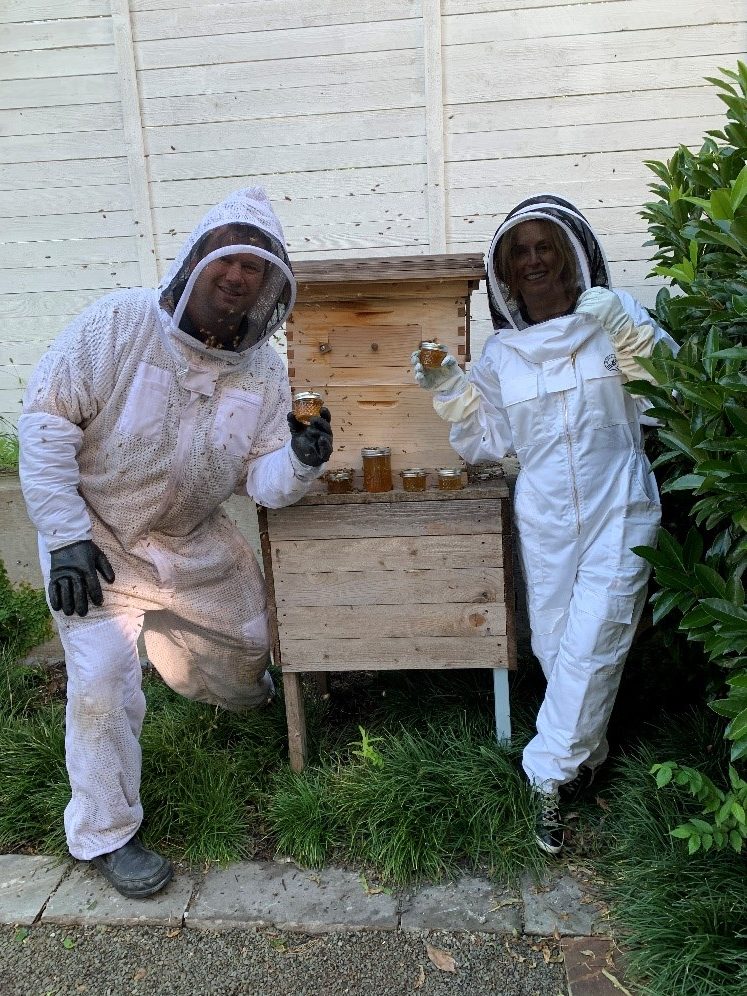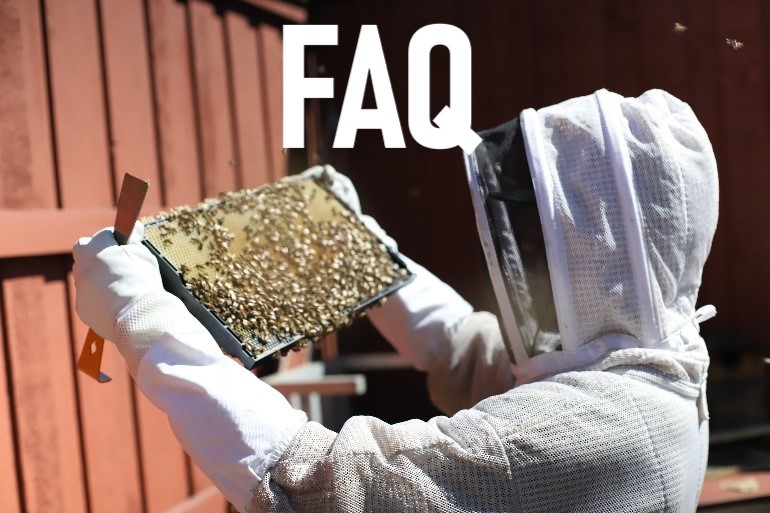
Bees are vital to our ecosystem, pollinating over 70% of the crops that feed the world. Yet, when they build hives in inconvenient places—like your attic or backyard shed—they're often seen as pests. At Bee Safe Bee Removal, we bridge the gap between human safety and bee conservation through ethical beekeeping practices. In this blog, we'll explore how responsible bee removal supports healthy colonies, local ecosystems, and even your garden!
Why Ethical Bee Removal Matters
Most exterminators use pesticides, which harm bees and contaminate the environment. Ethical bee removal, however, prioritizes relocation over destruction. Here's why it's a game-changer:
- Saves Colonies: A single hive can house up to 60,000 bees. Relocating them preserves pollinators critical for food production.
- Protects Biodiversity: Bees support wildflowers, trees, and wildlife. Removing them humanely keeps ecosystems intact.
- Safety First: Aggressive methods provoke bees. Our experts use calm, non-invasive techniques to keep your family safe.
Did You Know? Relocated bees often thrive in apiaries (managed beehives), where beekeepers monitor their health and harvest honey sustainably.
The Journey of a Rescued Hive
Ever wonder what happens after we remove bees from your property? Here's a peek behind the scenes:
- Assessment: We identify the species (e.g., honeybees, bumblebees) and hive size.
- Gentle Extraction: Using specialized tools, we carefully transfer bees and comb into ventilated boxes.
- Relocation: Bees are moved to a local apiary or conservation area.
- Hive Integration: Beekeepers help the colony adapt to its new home, ensuring they have access to nectar and pollen.
Pro Tip: If you spot a swarm, don't panic! Swarming bees are typically docile. Call us—we'll relocate them before they settle in your walls.
Beekeeping Partnerships: Building a Network of Care
We collaborate with local beekeepers to give rescued bees a second chance. These partnerships:
- Boost Local Agriculture: Healthier bee populations mean better crop yields for nearby farms.
- Educate Communities: Many beekeepers host workshops on hive stewardship or honey harvesting.
- Support Science: Some hives are used for research on disease resistance and pollinator trends.
Spotlight: Urban Beekeeping Did you know cities are becoming bee havens? Rooftop hives in urban areas produce unique honey (think: floral notes from city parks!) and raise awareness about conservation.
How You Can Help Bees Thrive
Even small actions make a difference:
- Plant Bee-Friendly Gardens: Opt for native flowers like lavender, sunflowers, and rosemary.
- Avoid Pesticides: Choose organic alternatives to keep bees safe.
- Leave Water Out: A shallow dish with pebbles gives bees a hydration station.
- Support Ethical Removal: Share this blog or recommend Bee Safe Bee Removal to friends!
Myths About Bees—Busted!
- MYTH: All bees sting. TRUTH: Honeybees rarely sting unless provoked. Male bees (drones) don't even have stingers!
- MYTH: Relocated bees will return. TRUTH: Bees bond with their hive location. Once moved, they adapt to their new environment.
At Bee Safe Bee Removal, we believe coexisting with bees isn't just possible—it's essential. By choosing ethical removal, you're safeguarding your home and contributing to a greener planet. Next time you see a hive, remember: it's not a problem to eliminate, but a life to preserve.
Ready to Bee the Change? Contact us for safe, eco-friendly bee removal—and let's give bees the future they deserve. 🐝










